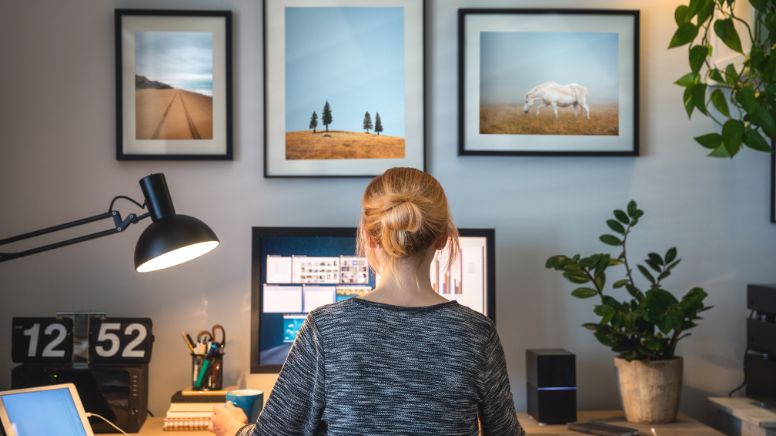Career
3 ways to increase your productivity

The first step towards improving your productivity is to arrange your working day so that your brain remains as fresh and efficient as possible. It takes a bit of discipline at first, but in the long run you'll be more productive and won't feel drained after a day's work.
This is the advice from Pernille Garde Abildgaard, author of the book Burn the hamster wheel and CEO of the company Take Back Time, which helps companies to create better workflows. Pernille recently published her new book "How to have a 4-day work week" .
Before we get to her best tips for becoming more efficient, it’s worth bearing in mind that they only apply to those with a reasonable workload who feel that the work day often flows together or that you achieve less than you should.
If you experience symptoms of stress, or if you have too many tasks, you should always discuss it with your manager and contact IDA.
Contact IDA's advisers and get help
1: Take more breaks
"Breaks are hugely underrated, and many perceive them as a waste of time. But breaks are pure vitamins for your brain and help it perform much better", says Pernille Garde Abildgaard.
She explains that, in the same way as the body, the brain needs breaks in order to perform at its highest level. Just as you can only sprint for a short time, you can also only solve complicated cognitive tasks for a short time without tiring. If you don't get any breaks, the brain will automatically start working more slowly to save energy.
If your work tasks are uncomplicated or routine, it is not necessary to take frequent breaks, but if they are demanding, you should take at least one 5-10 minute break per hour.
"During your break, you need to get away from the screen - including the one on your phone. Make a cup of coffee, go for a short walk or have a chat with your colleagues. It is individual how best to disconnect, but the most important thing is that you get completely away from work, so that the brain gets a brief rest".
Why a working day without breaks is equivalent to drinking two beers
2: Work in intervals with the pomodoro method
According to Pernille Garde Abildgaard, a very common mistake that hinders productivity is multitasking or switching between different tasks frequently.
"Many people think that they are more productive if they can respond to a few emails while finishing a report or solving other attention-demanding tasks. They are not, and what is worse; they end up delivering work of a poorer quality”.
"It is also a really bad idea to switch back and forth between different tasks. It requires energy to change focus, so if you do it all the time, your brain becomes more tired and therefore also less efficient. It also means that you will feel more tired after the working day”.
Pernille Garde Abildgaard's best advice is to experiment with the pomodoro method, where you work intensively on a task in fixed intervals with breaks in between. An interval can be, for example, 25 minutes of work followed by a 5-minute break.
If you only work on one task for several intervals, you avoid breaking your concentration and you also ensure that you get the necessary breaks needed to perform at your best.
3: Take advantage of your golden hours
If you start the working day by answering emails or going directly to meetings, you may need to rethink your habits. According to Pernille Garde Abildgaard, most people have a limited number of hours when they do their best, and for most it is in the morning.
"I call it the golden hours, and this is where you should put your most demanding tasks. For most it is in the morning and early morning, but it can also be later in the day or in the evening", she explains and continues:
"If it can be done, it is a really good idea to structure your working day so that you get the most out of your golden hours, and then you can advantageously schedule routine tasks and status meetings at the times of the day when you do not need the same level of deep focus”.